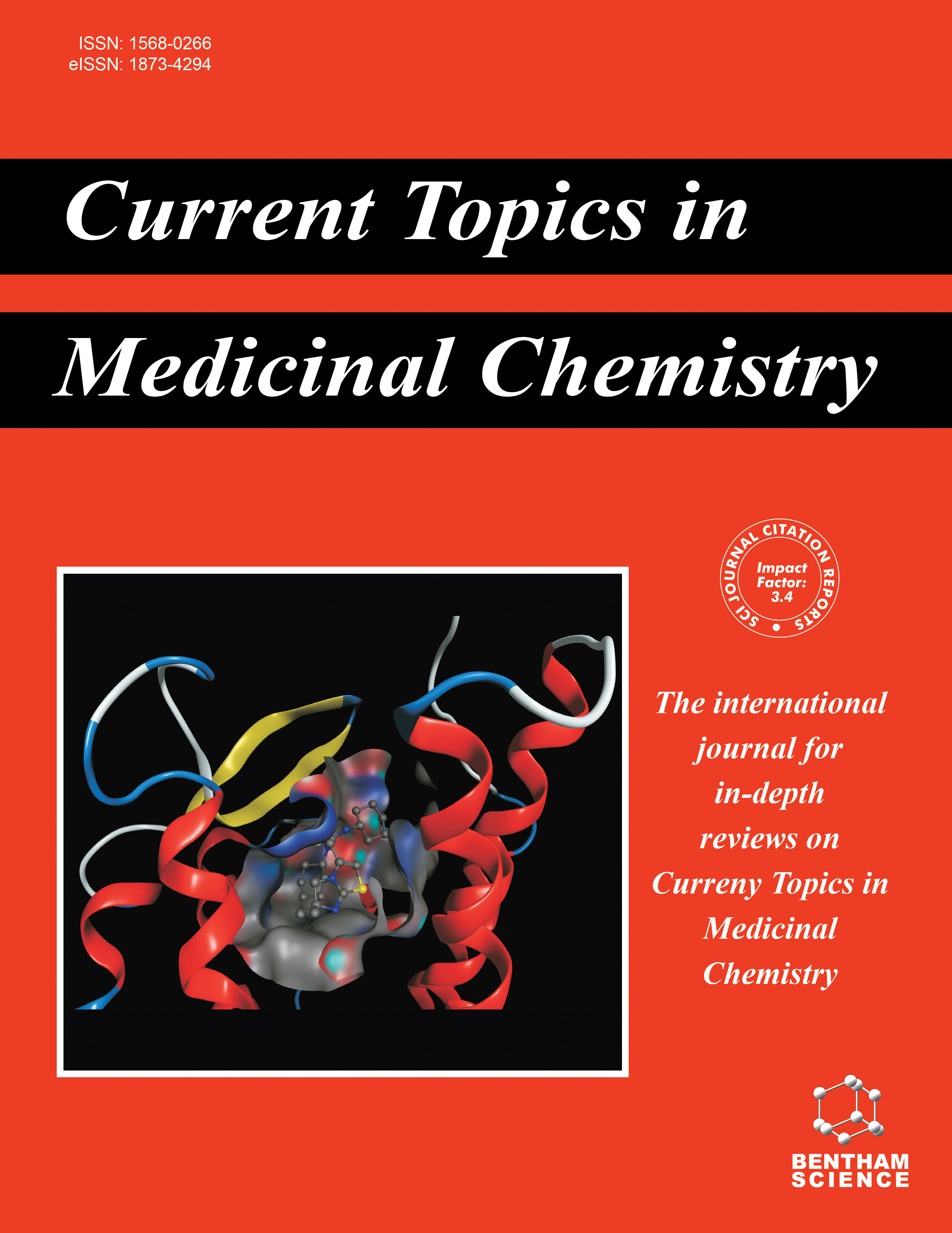
Full text loading...
Alzheimer’s Disease (AD), a prevalent neurodegenerative disorder, poses a significant global health challenge with complicated pathogenesis. Pathological characteristics of AD include increasing loss of cholinergic neurons, oxidative stress, mitochondrial dysfunction, and amyloid beta accumulation. Due to the limited availability of effective therapeutic options with only symptomatic relief and their severe adverse effects, there is a significant need to search and explore new agents for the management of AD. Recently, natural products and/or phytoconstituents of plants have gained notable attention as potential sources of neuroprotective agents due to their diverse chemical constituents, mechanism of action, and relatively safe profiles. In view of this, Glycyrrhiza glabra has been recognized for its several therapeutic properties in traditional medicine systems for centuries. Further, neuroactive phytoconstituents of this plant, including glycyrrhizin, liquiritigenin, isoliquiritigenin, glabridin, and glycyrrhizic acid, exhibit significant pharmacological advantages along with potential neuroprotective effects against AD. Glycyrrhiza glabra and its phytoconstituents have gained significant interest due to its ability to exert a neuroprotective impact by influencing multiple signaling pathways, inhibiting AChE and BACE1 activity, reducing Aβ accumulation, plaque formation, and tau phosphorylation, and quenching the free radical in experimentally-induced AD-like brain. The present review summarizes available in vitro and in vivo preclinical studies that have been performed to evaluate the beneficial neuroprotective effect of Glycyrrhiza glabra and its phytoconstituents against AD-like pathology. Based on available facts, it can be concluded that neuroactive phytoconstituents of Glycyrrhiza glabra could be significant lead molecules for the drug discovery of anti-AD medicines in the future.

Article metrics loading...

Full text loading...
References


Data & Media loading...

